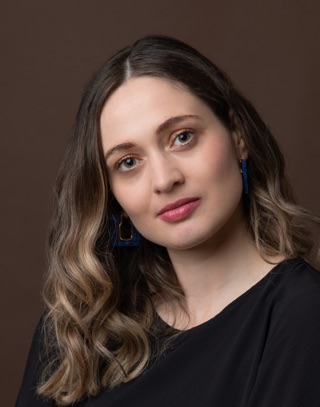Vai offline con l'app Player FM !
Leftovers Through History
Manage episode 418004881 series 2418152


We all know we’re supposed to reduce our food waste, but what exactly is the difference between waste and leftovers? For me, leftovers become waste when they turn green and furry, forgotten at the back of the fridge, but that’s a very narrow view. Eleanor Barnett is a historian whose book Leftovers: a history of food waste and preservation takes a much broader look at food scarcity, food surpluses and the byproducts of food production that people don’t or won’t eat. Our conversation reflected on the complex relationships among food waste, human behaviour, and systemic factors throughout history, advocating for a renewed appreciation of the value of food.
Notes
- Follow Eleanor Barnett as historyeats on Instagram. She also has a website.
- Leftovers: a history of food waste and preservation is available from UK booksellers and will be published in the US in September.
- Here’s the transcript.
- Banner photo from Nareeta Martin on Unsplash. Cover photo by Kathleen Franklin on Flickr.
292 episodi
Manage episode 418004881 series 2418152


We all know we’re supposed to reduce our food waste, but what exactly is the difference between waste and leftovers? For me, leftovers become waste when they turn green and furry, forgotten at the back of the fridge, but that’s a very narrow view. Eleanor Barnett is a historian whose book Leftovers: a history of food waste and preservation takes a much broader look at food scarcity, food surpluses and the byproducts of food production that people don’t or won’t eat. Our conversation reflected on the complex relationships among food waste, human behaviour, and systemic factors throughout history, advocating for a renewed appreciation of the value of food.
Notes
- Follow Eleanor Barnett as historyeats on Instagram. She also has a website.
- Leftovers: a history of food waste and preservation is available from UK booksellers and will be published in the US in September.
- Here’s the transcript.
- Banner photo from Nareeta Martin on Unsplash. Cover photo by Kathleen Franklin on Flickr.
292 episodi
Tutti gli episodi
×Benvenuto su Player FM!
Player FM ricerca sul web podcast di alta qualità che tu possa goderti adesso. È la migliore app di podcast e funziona su Android, iPhone e web. Registrati per sincronizzare le iscrizioni su tutti i tuoi dispositivi.





